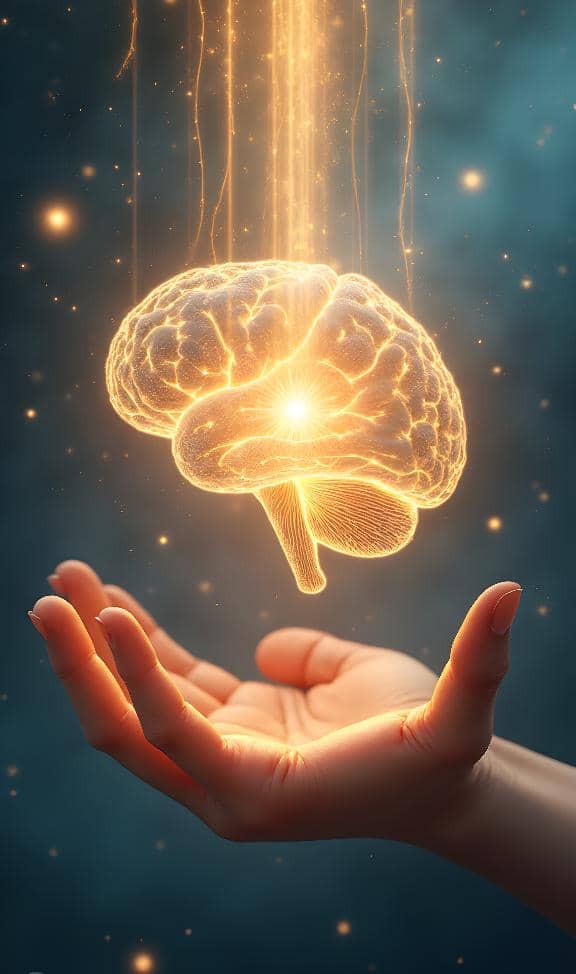Many of us would love to be more creative, to find lateral ways to solve the seemingly impossible. The ability to do so would certainly give us an edge in all sorts of situations, both work and personal. That is just one aspect of creativity. In addition to problem-solving, creativity is also the ability to ‘create’, to give birth to something new and captivating, whether it be a work of art, song, or inspirational architecture, to name but a few.

The question is how to achieve this. Let us look at exercise and creativity as a potential and see if it could impact your imagination and, if so, what you can do about it.
We can use a creative thinking tool to help us establish just what factors help creativity. The technique goes by several names, but the easiest understood is ‘negative brainstorming’. We make a list of the worst things we could do to achieve our goal, in essence, flip the question on its head, and then look at ways of making the opposite happen or minimising any of those negative things that, on careful inspection, we may be doing.
There is a pretty good agreement that the following things certainly hinder creativity, so we want to get rid of them as much as possible:
- Stress – it is hard to think creatively when you feel under pressure. The focus will be more on the problem of the moment.
- Lack of sleep – medical evidence abounds to show that lack of a good night’s rest harms your cognitive capabilities. This feels like it would certainly hinder creative thought.
- Negative mental state – being in a bad mood, angry, frustrated or just ‘in a wrong place mentally is another factor that will constrain your thinking and magnify the perceived negative item meaningless thinking time for creative thoughts.

We have identified at least three things that we know are creativity killers. Turning our attention to exercise let us dig into just how it could potentially help us with those negative drivers.
There is both medical and anecdotal evidence to support that physical exertion demonstrably reduces stress levels. A Harvard Health study, among others, identified that exercise reduces hormones such as adrenaline and cortisol, which are the body’s stress hormones. This helps mitigate the stress that hinders our creativity, and if we take one of the brakes off it, it will be easier for our creative juices to flow.
Taking part in a regime of regular moderate to vigorous exercise is a well-known route to a better night’s sleep as well. Once again, there is abundant documented evidence to support this. Another of the restraints was removed or, at the very least, reduced.

The reminders of exercise gurus, such as The Body Coach that exercise “makes you feel good”, are only trite cliches because they are so true. The feel-good rush after recovery from a good workout session is well known. Exercise makes the body produce chemicals that help with our mood. The endorphins make us feel good, so our mental state is better. In addition, one of the specific chemicals produced, dopamine is associated with our ability to think of new ideas and make new associations, in other words, to be creative.

Does exercise improve your creativity? Is there a connection between exercise and creativity? The answer has got to be a resounding yes! The recommendation for adults is 75 minutes of vigorous exercise or 150 minutes of moderate exercise per week spread over multiple days. Vigorous exercise will get you breathing hard and your heart racing. You may choose to run, climb stairs, cycle, do martial arts as examples or follow the online YouTube experts. Moderate exercise makes you breathe a little faster and raises your heart rate, and you can ride a bike or walk briskly.
Like this article? Please check out our new Recharge page for quotes, videos, articles and more that would help you inspire and stimulate your creativity!



